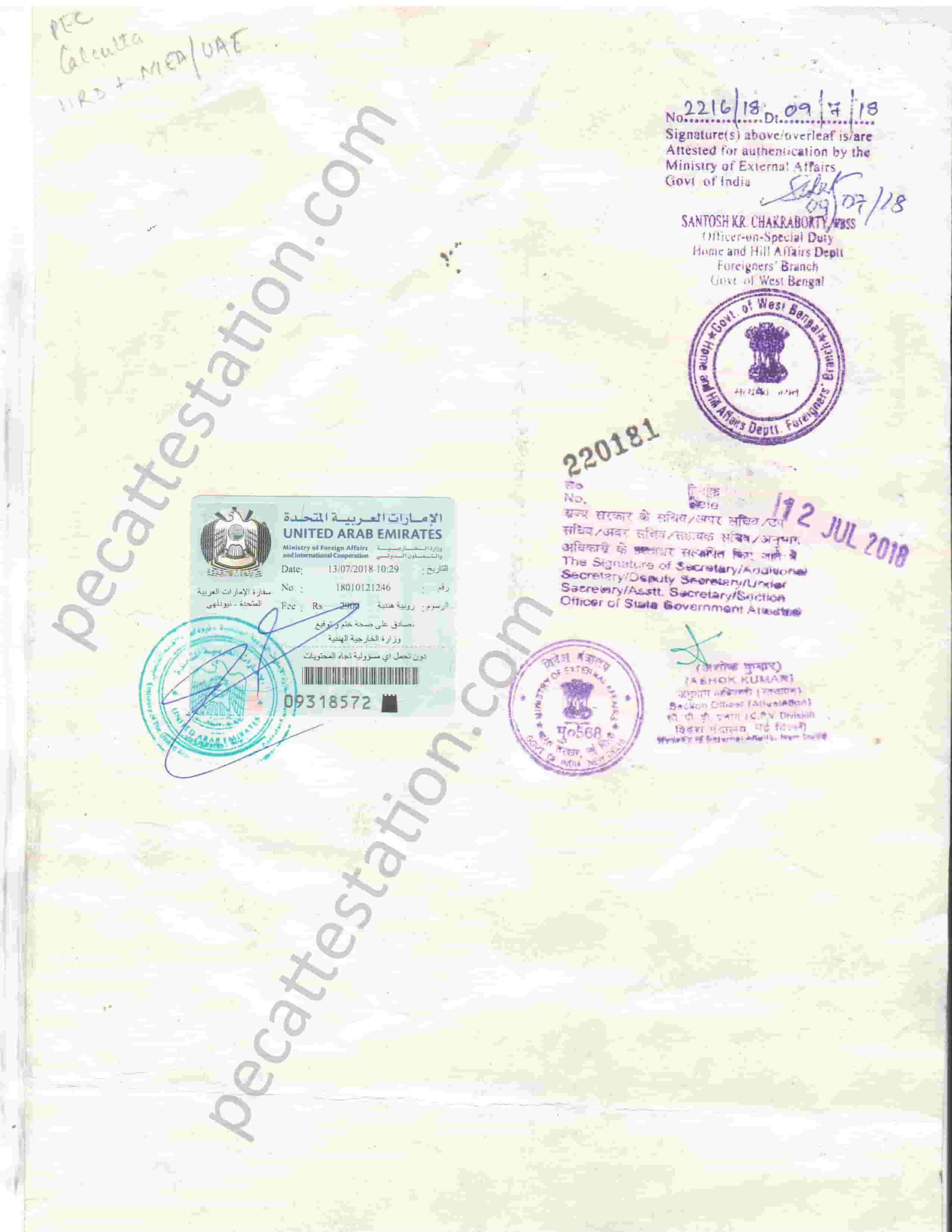
Have you ever needed an official stamp of authenticity on a document for use abroad? If so, you’ve likely encountered the term “notary attestation.” But what exactly is it, and how does the process work in 2024? This blog will be your one-stop guide to understanding notary attestation in the current year.
What is Notary Attestation?
Notary attestation is the formal verification of a document’s genuineness by a notary public. A notary, commissioned by the state, witnesses the signing of your document and verifies the identities of all signatories. They then affix their official seal and signature, creating a sworn statement that the document is authentic.
Why is Notary Attestation Needed?
Many countries require official verification of documents from foreign sources for legal or administrative purposes. This could be for things like:
- Visa applications
- Opening a bank account abroad
- Registering property overseas
- Getting married abroad
The 2024 Landscape of Notary Attestation
There are a few key things to keep in mind about notary attestation in 2024:
- Apostille Convention: If the country you’re dealing with is part of the Apostille Convention (which includes many major economies), the process is simplified. An apostille is a special sticker issued by your state government that verifies the notary’s authority.
- Individual Country Requirements: Even with the Apostille Convention, some countries may have additional requirements. It’s always best to check with the embassy or consulate of the destination country for their specific needs.
- Online Options: In some regions, online notary services are becoming increasingly available. However, their legality and acceptance for international use may vary. Check with the receiving entity before using an online notary.
How to Get Your Documents Attested
The process for notary attestation typically involves these steps:
- Find a Notary Public: Search online or contact your local Secretary of State’s office for a notary in your area.
- Prepare Your Documents: Ensure your documents are complete, legible, and original (or certified copies).
- Schedule an Appointment: Notaries often require appointments. Bring your ID and the documents you need attested.
- Sign and Witness: Sign your documents in front of the notary, who will then verify your identity and witness the signing.
- Pay the Fee: Notary fees vary by location.
- Apostille (if applicable): If required, contact your state’s apostille office to obtain the apostille sticker.







